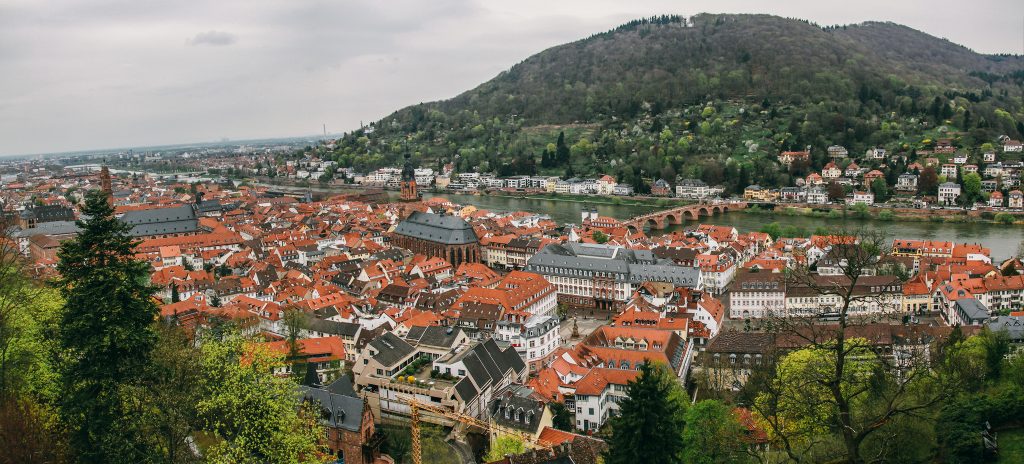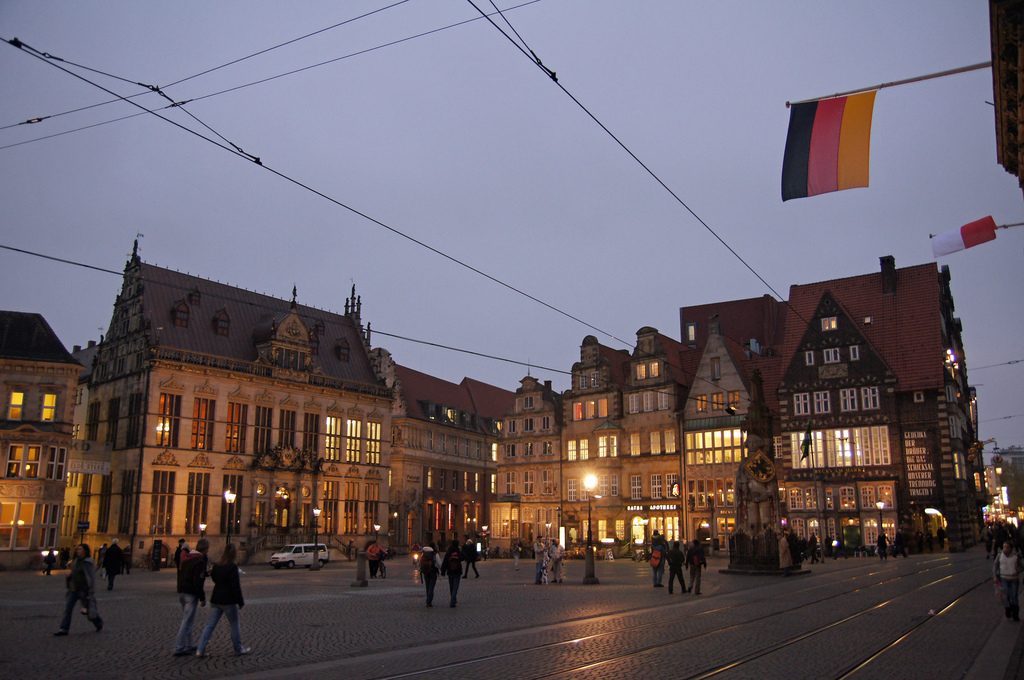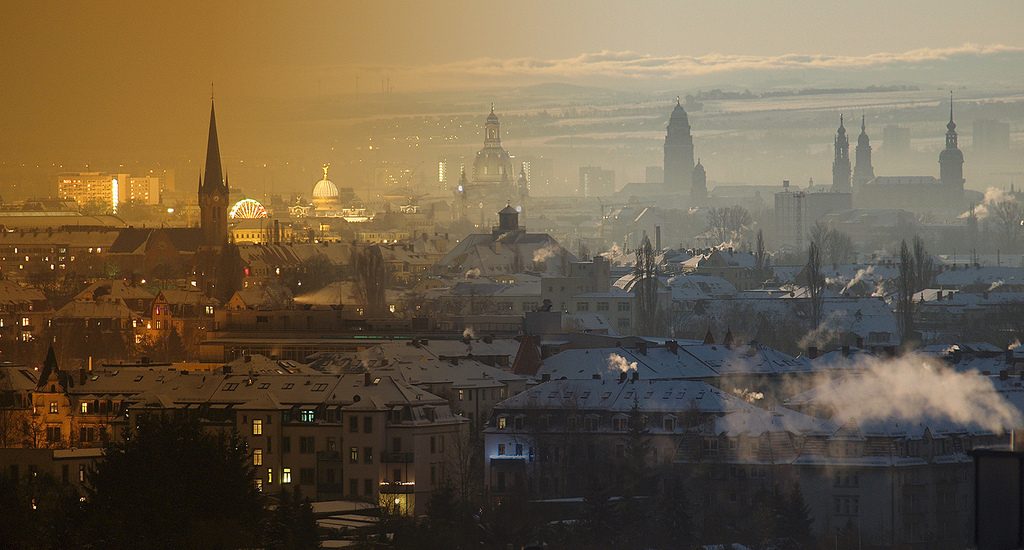5 off-the-beaten-track cities to visit in Germany during that TEFL summer
So, you’re going to be teaching in Central Europe this year, eh? Good choice. Aside from sweet wines and rising Alpine peaks, you can look forward to oodles of enchanting medieval architecture, Bavarian beer bars, and rich historical old towns, all of which are on this list of the best off-the-beaten-track cities to visit in Germany…

Augsburg
Sat on the courses of the so-called Romantic Road – a stream of super-handsome old cities to visit in Germany’s southern reaches – Augsburg certainly has the looks. Complete with a chocolate box of a centre, where bulbous church domes cast their shadow over half-timbered beer halls, it’s not only easy to get to from the regional capital of Munich, but also does well to channel the unique Bavarian spirit of the region. Wander the alleys tasting frothy white beers and blood sausage, check out the gorgeous Rathaus (Town Hall), and tour the former home of one Leopold Mozart – it’s all on the menu!

Heidelberg
Set between a series of wooded hills where the winding River Neckar weaves out from the Black Forest to join the mighty Rhine, Heidelberg is a university town with plenty of panache and charm. The piece de resistance is its medieval Altstadt on the southern banks, where cobbled lanes shoot this way and that past Gothic church spires and schnapps-heavy al fresco terraces. Up above, the half-ruined, uber-romantic bastions of Heidelberg Castle tumble down the slopes, glowing ochre-orange between their Renaissance gardens and the sweeping fir forests. At night, the students come out and party along the riverside and in the parks, breathing youthful life into this aged town.

Bremen
Forward-thinking, cutting-edge Bremen is among the greenest and most liberal cities to visit in Germany. The capital of its own pint-sized state, it hails from the boom years of the old Hanseatic trading conglomerate. That era imbued its streets with that handsome UNESCO-attested Town Hall, grand municipal statues, and the beautiful rises of St Peter’s Cathedral. However, the main attraction is surely the enthralling Schnoor district, where a warren of alleys winds around centuries-old homes and reveals the fairy-tale character of the place.

Dresden
Dresden entered the world’s vocabulary after it was razed to the ground by Allied bombing raids in WWII. These days, you’d never think this buzzing, beautifully gilded metropolis was the very same. But it is. Churches have been reconstructed to perfection – just check out the photogenic Frauenkirche. Gold-glimmering statues to King August – the town’s onetime champion – now pepper the squares. Life pulses down the central streets, through the beer bars and amidst the quirky, boho boutiques of the Kunsthofpassage. Dresden is also a fine gateway for heading out to hike and climb the rugged Saxon Switzerland peaks, which claim the landscapes on the border with Czechia to the south-east.

Koblenz
Koblenz boasts one of those enchanting perches on the edge of the River Rhine that’s at once quintessentially German and European. As the cascading vineyards leave off, the city’s great castle – the Festung Ehrenbreitstein – claims the ridges, overlooking the important confluence of the Deutsches Eck. Boating trips and beautiful churches are also both on the menu, while there’s an enticing medley of Bavarian-style beer bars and regional cellar doors (don’t miss the Rhineland’s sweet desert whites!) in the New Town area to boot.
If you’re a veteran of the German teaching circuit and can think of any more top spots to add to this list, we’d love to hear about them in the comments below. Or, if you think it’s time you got TEFL qualified to check off your own list of cities to visit in Germany while teaching, be sure to take a look at all our online and on-site courses.

